Seems that the self-hosted agent cannot connect to the Azure app service. It seems to be a network issue.
The agent needs a way to connect to the App service directly. To ensure the connectivity is ok, we need to make sure the self-hosted agent is not blocked by NSG rules or App Service networking Access Restrictions. Just whitelist the agent machine in your rules.
The task using Kudu REST API to deploy the application. We need to check the following App Service networking Access Restrictions to allow deployment from a specific agent:
- Make sure the REST site “
xxx.scm.azurewebsites.net” have Allow All, i.e. no restriction.
- Also, the option “
Same restrictions as ***.azurewebsites.net” should be unchecked.
If you are using Private Endpoints for Azure Web App, you must create two records in your Azure DNS private zone or your custom DNS server. Kindly check DNS for more details.

Besides, when the proxy is set up, Web API calls and SCM hosts are bypassed by the user. The same has to be configured in the Azure pipelines agent explicitly. To bypass specific hosts, follow the steps here and restart the agent.


